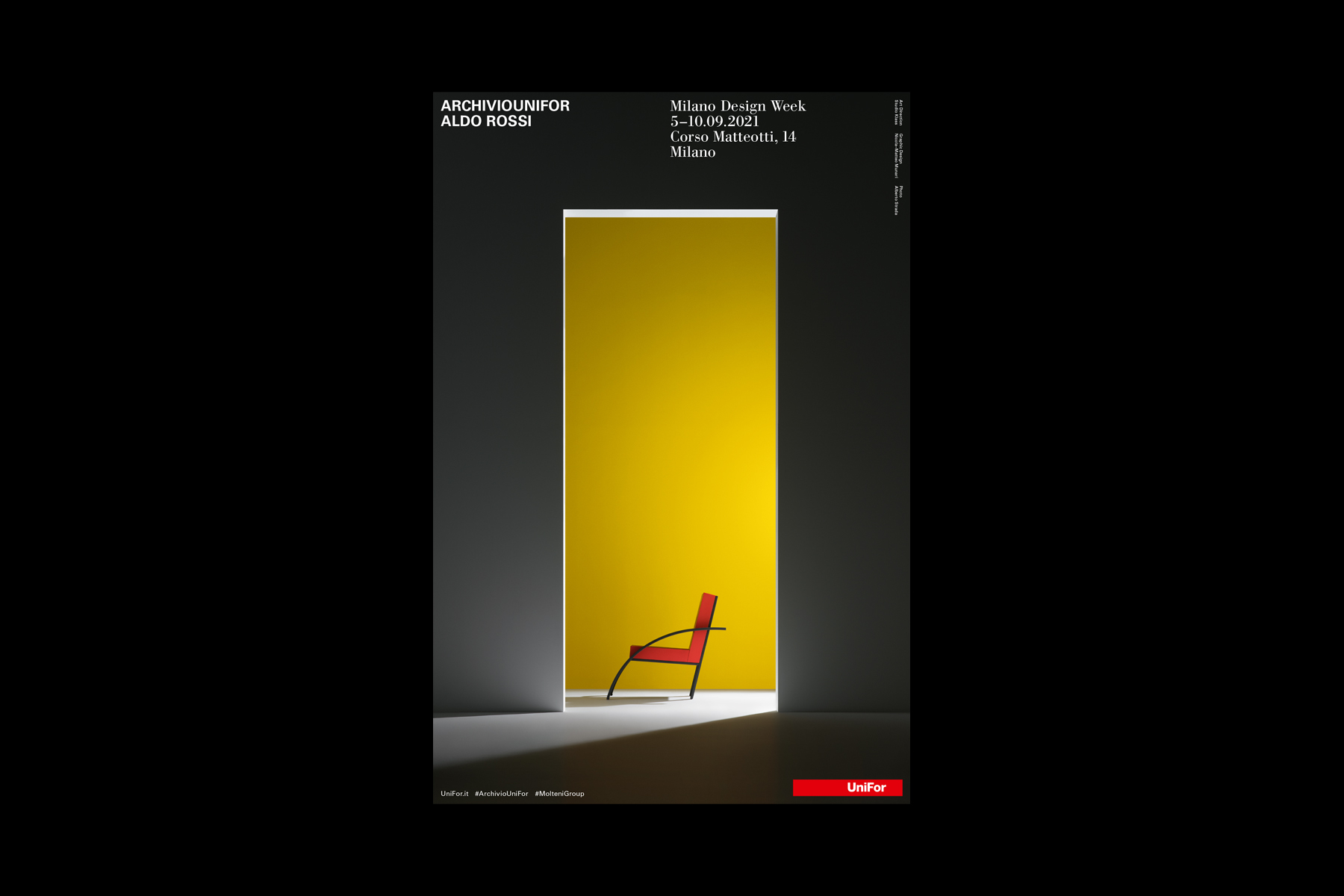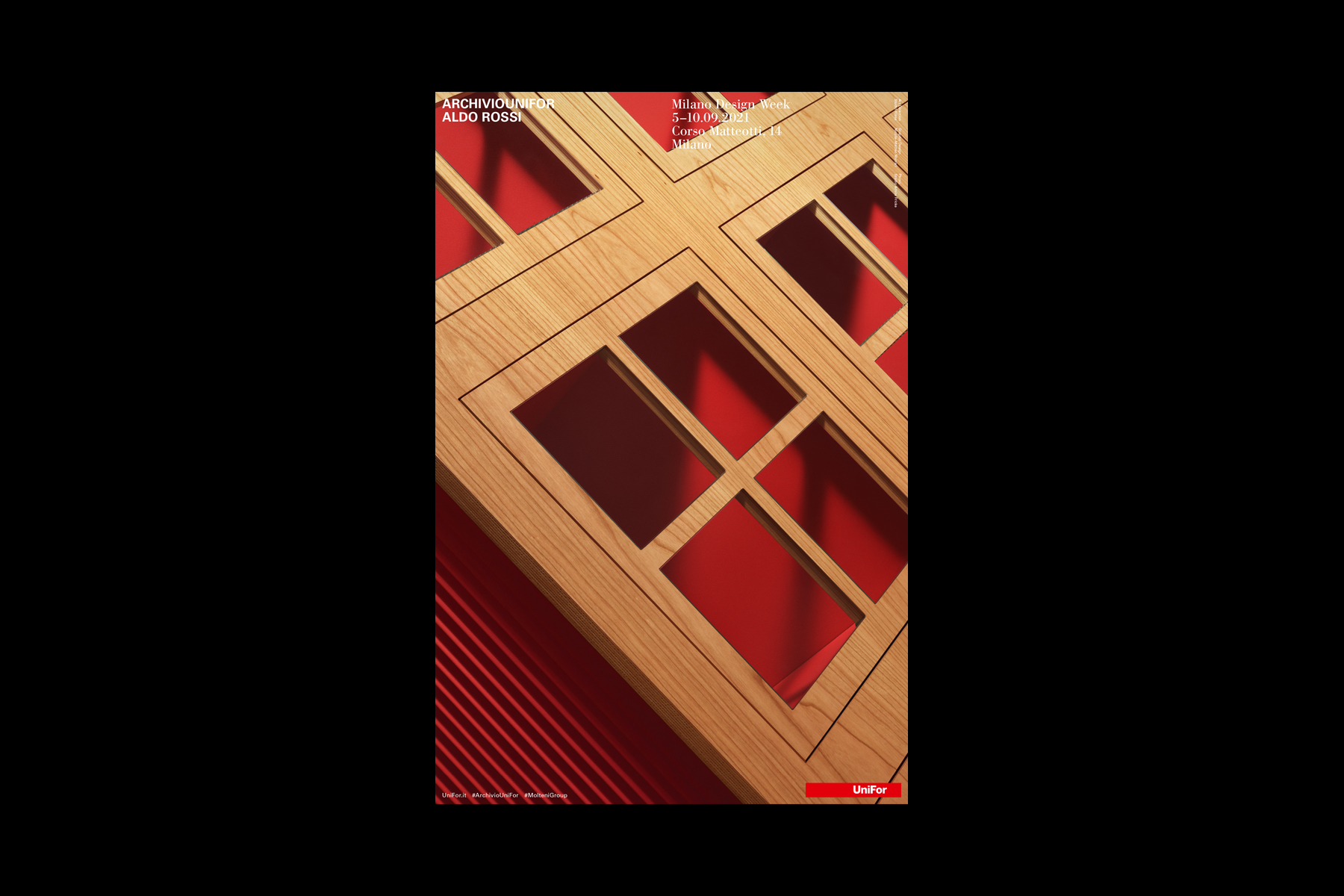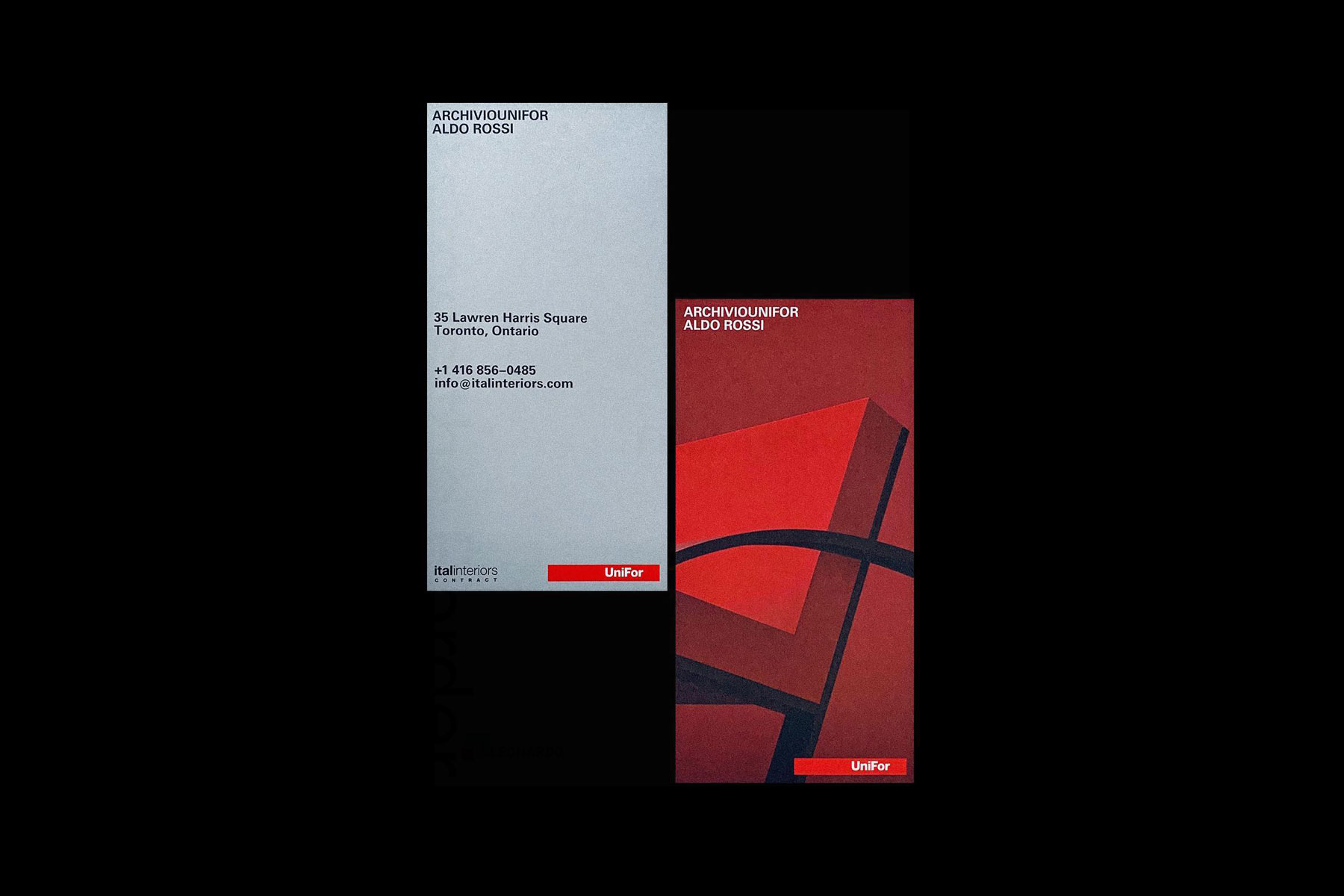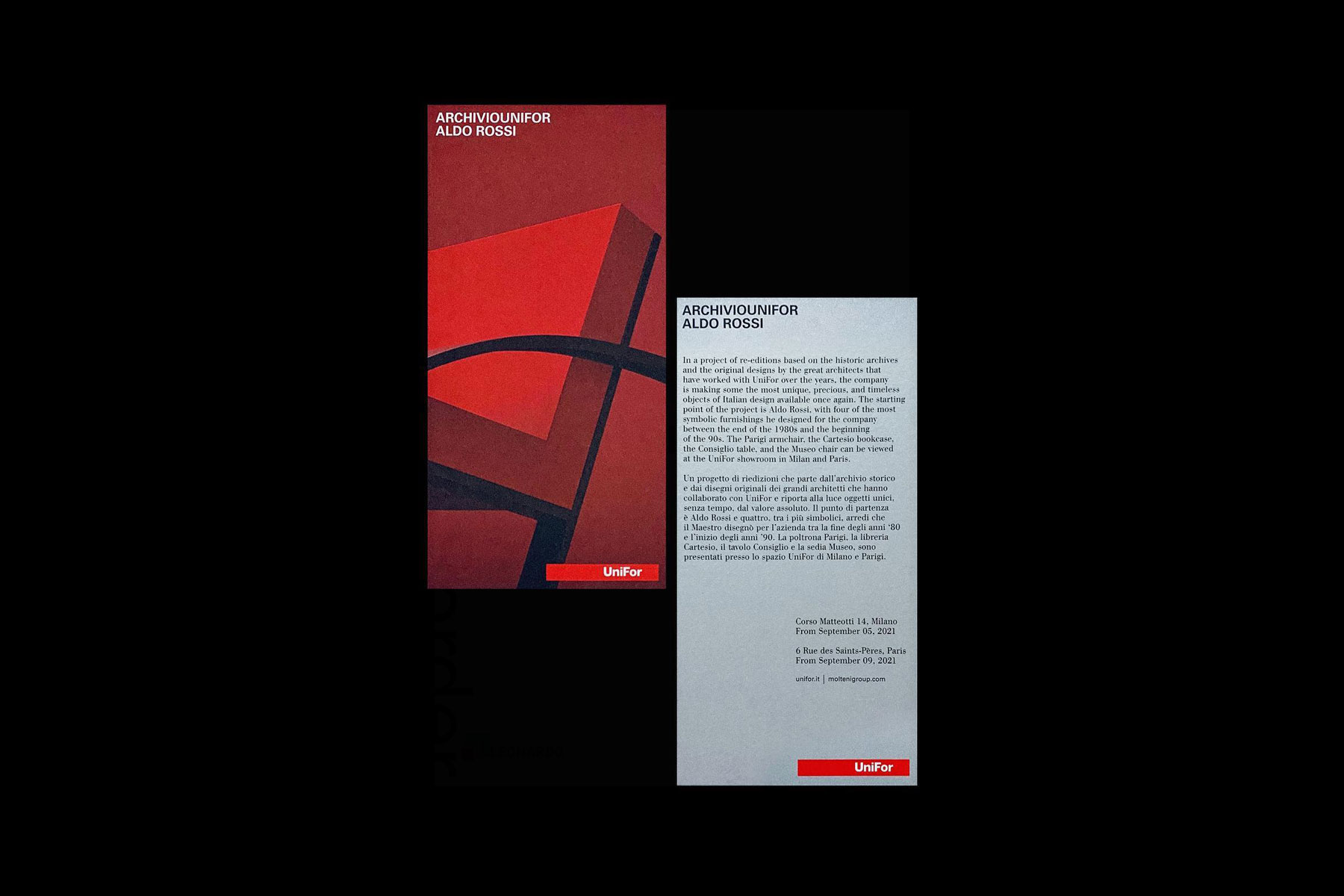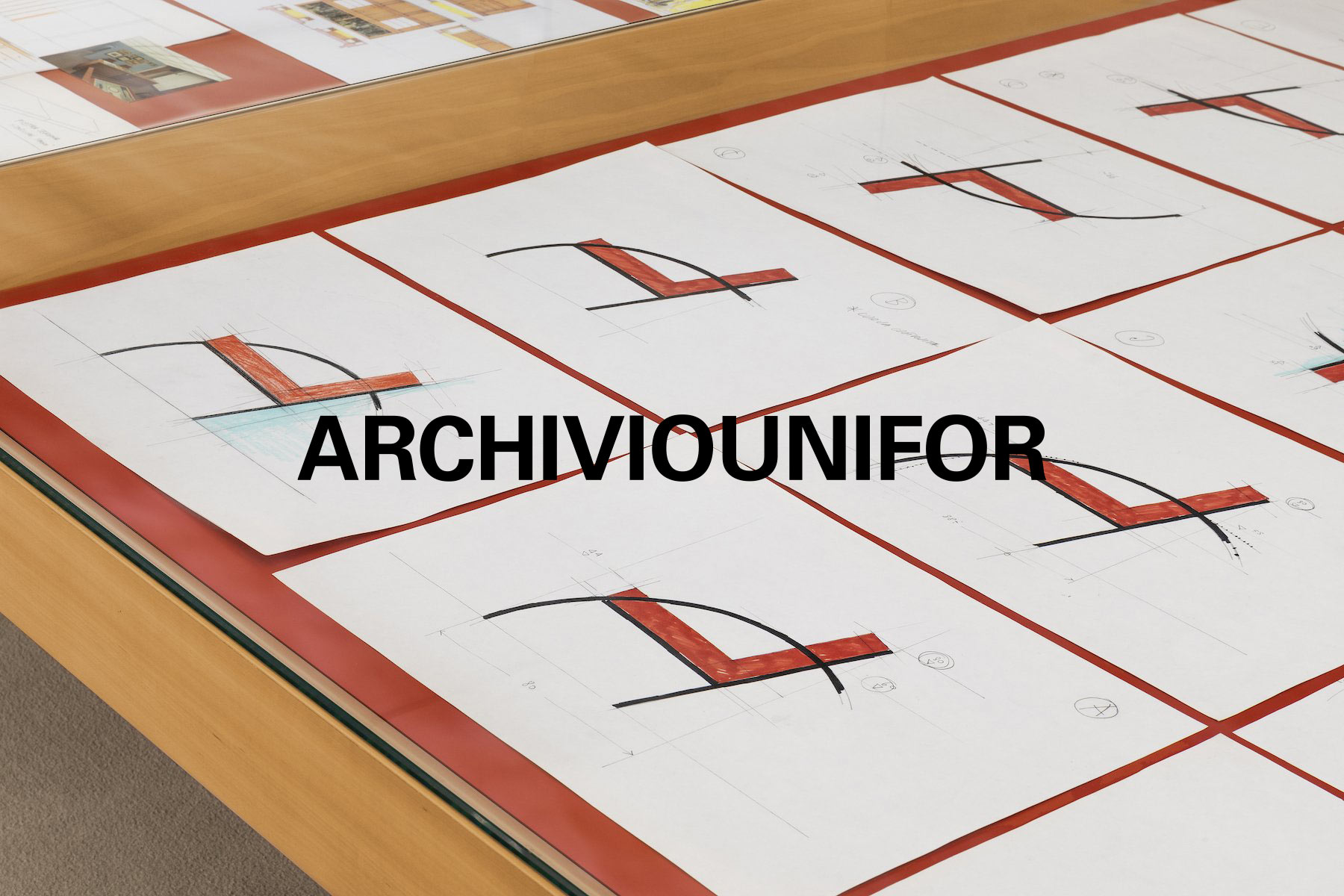Catalogue of the re-edition collection of historic furniture designed by Aldo Rossi for UniFor.
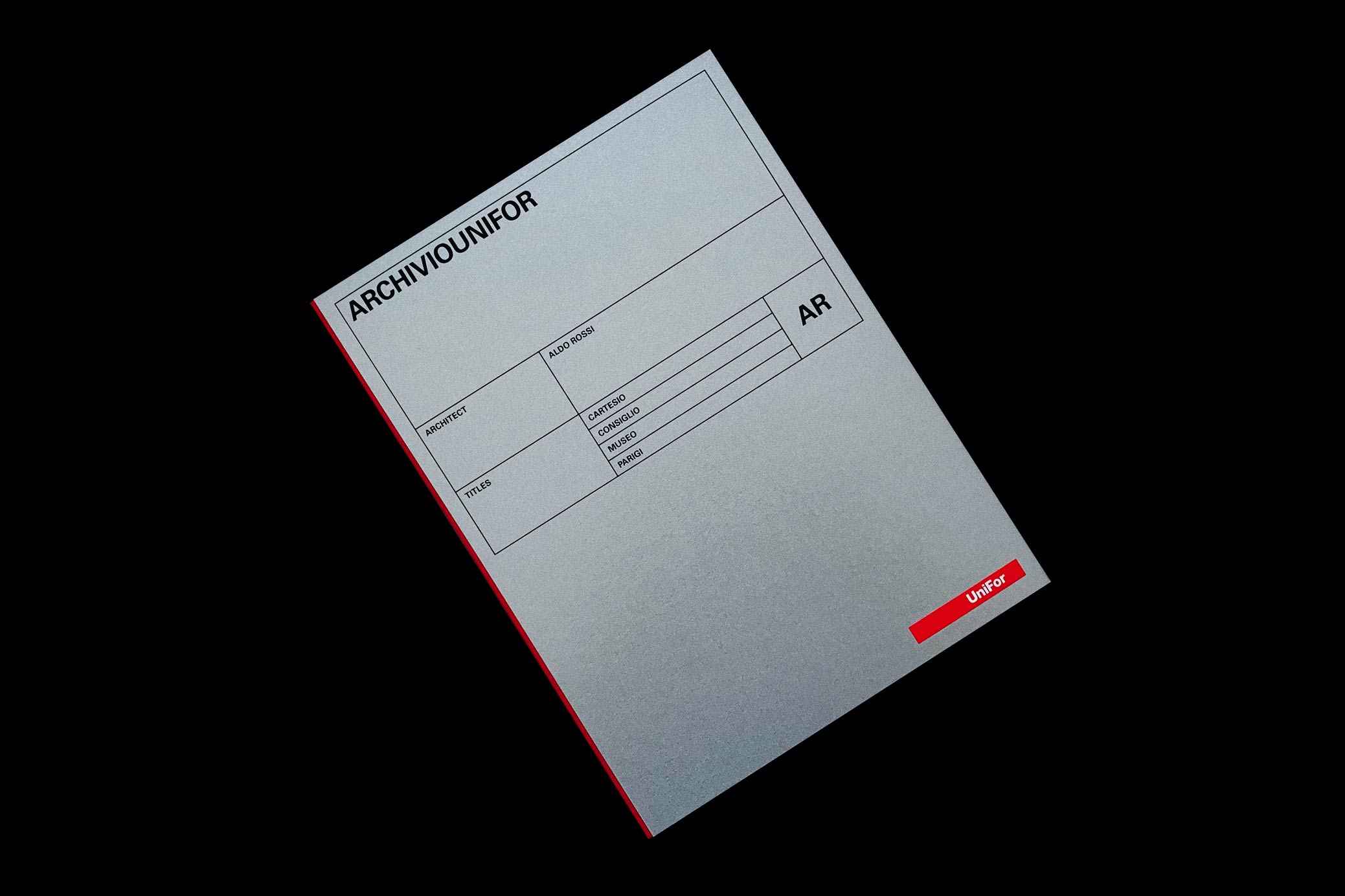
Catalogue, 26×19.5 cm
24 pages
Ph. © Nicola-Matteo Munari
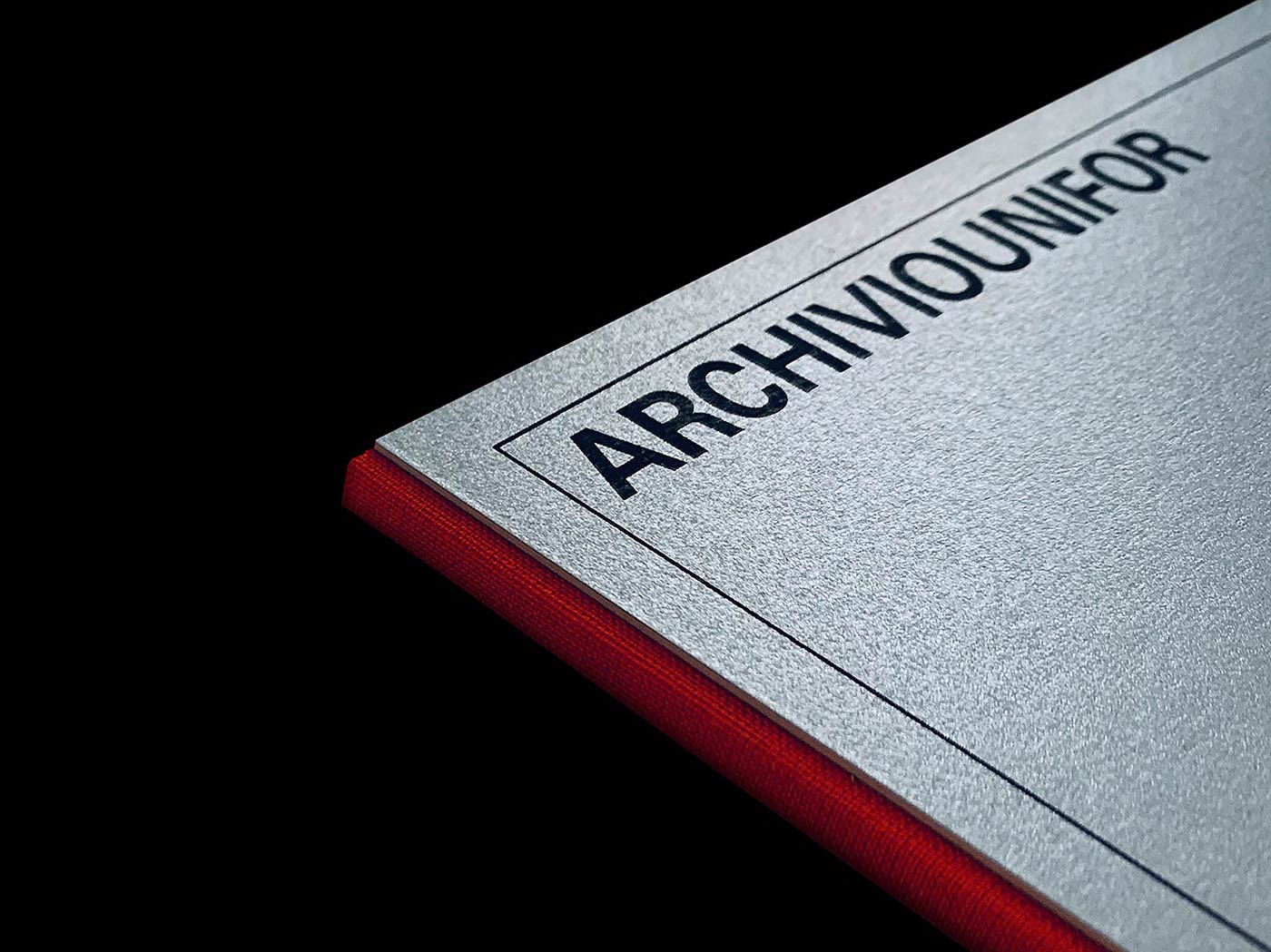
Detail of the Bodoniana binding
with the cover plates aligned
with the book’s spine, covered
in red cloth.
Ph. © Nicola-Matteo Munari
with the cover plates aligned
with the book’s spine, covered
in red cloth.
Ph. © Nicola-Matteo Munari
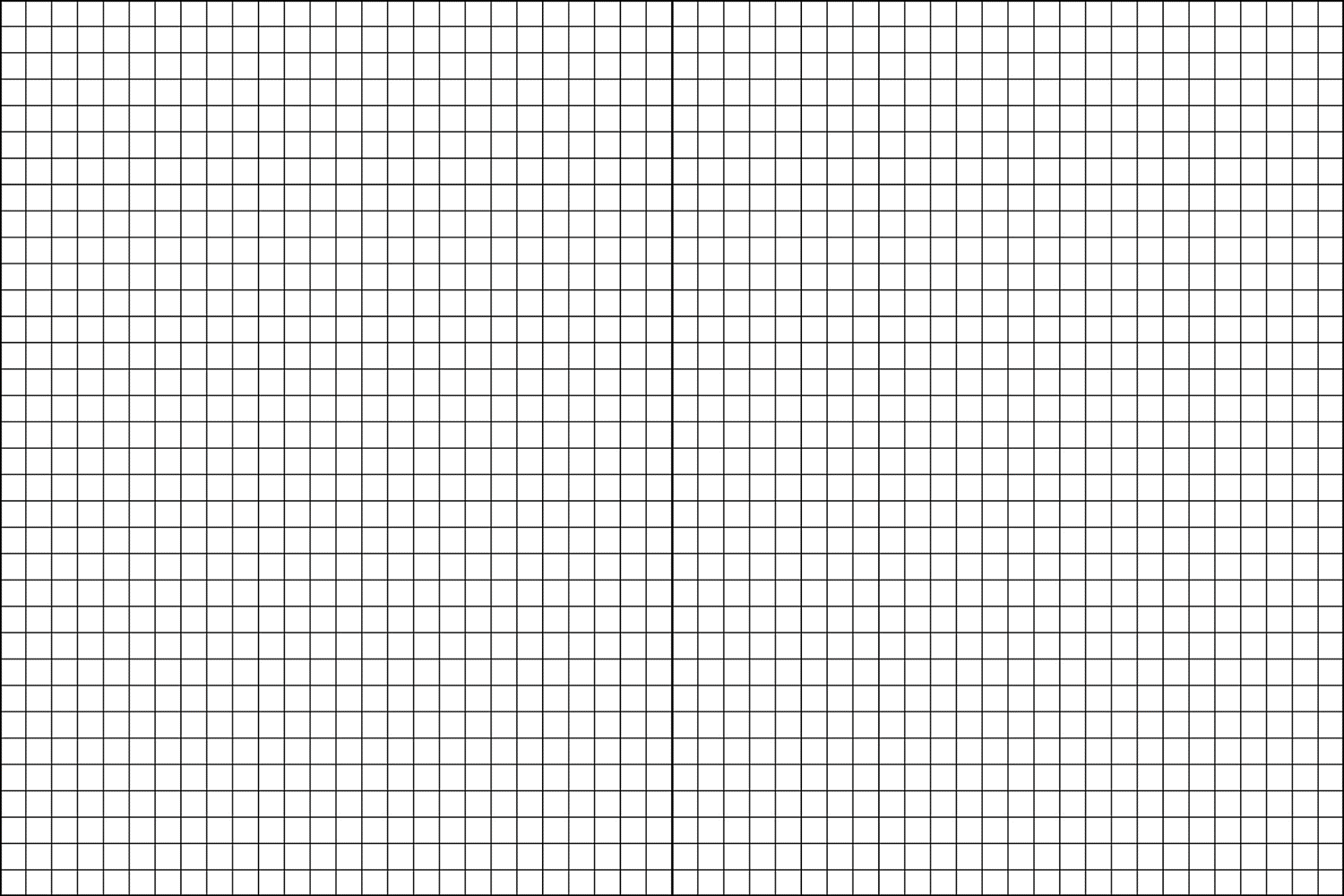
The typographic matrix made
of 884 square modules,
that has been specially designed
for the catalogue.
2021 © Nicola-Matteo Munari
of 884 square modules,
that has been specially designed
for the catalogue.
2021 © Nicola-Matteo Munari
AR is the very first catalogue issued by ArchivioUniFor, a collection of historic furniture’s re-editions that were originally designed by some of the most important architects and designers of the 20th century for UniFor, an international leader in the field of office and workspace environments.
The catalogue, published within the context of the Milano Design Week 2021, is dedicated to Aldo Rossi (1931–1997), an internationally acclaimed architect and theorist of architecture, who was one of the most original masters of Postmodern architecture and the first Italian architect to win the prestigious Pritzker Prize.
The catalogue presents four among his most iconic furniture designs—Parigi armchair, Museo chair and armchair, Consiglio table and Cartesio bookcase. It is a selection of emblematic objects—designed between the end of the 1980s and the beginning of the 1990s—that fully expresses Rossi’s idea of considering furniture as architecture.
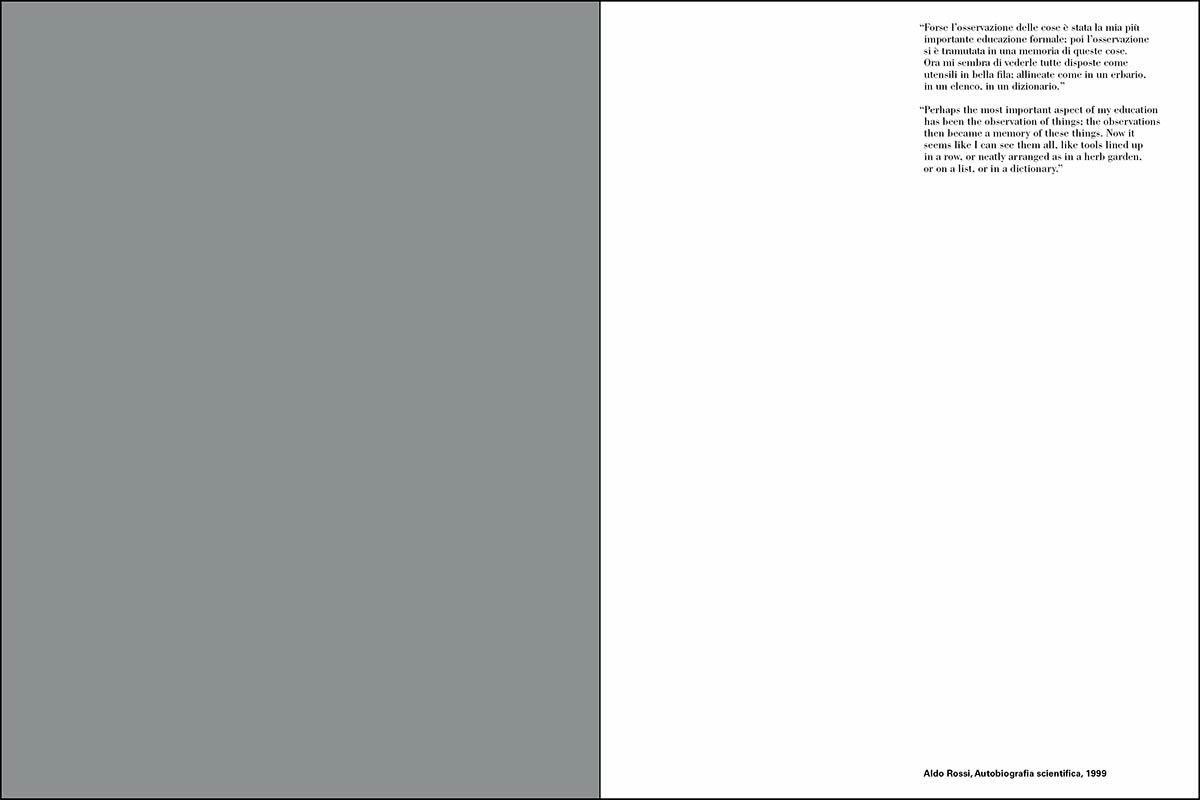 2021 © Nicola-Matteo Munari
2021 © Nicola-Matteo Munari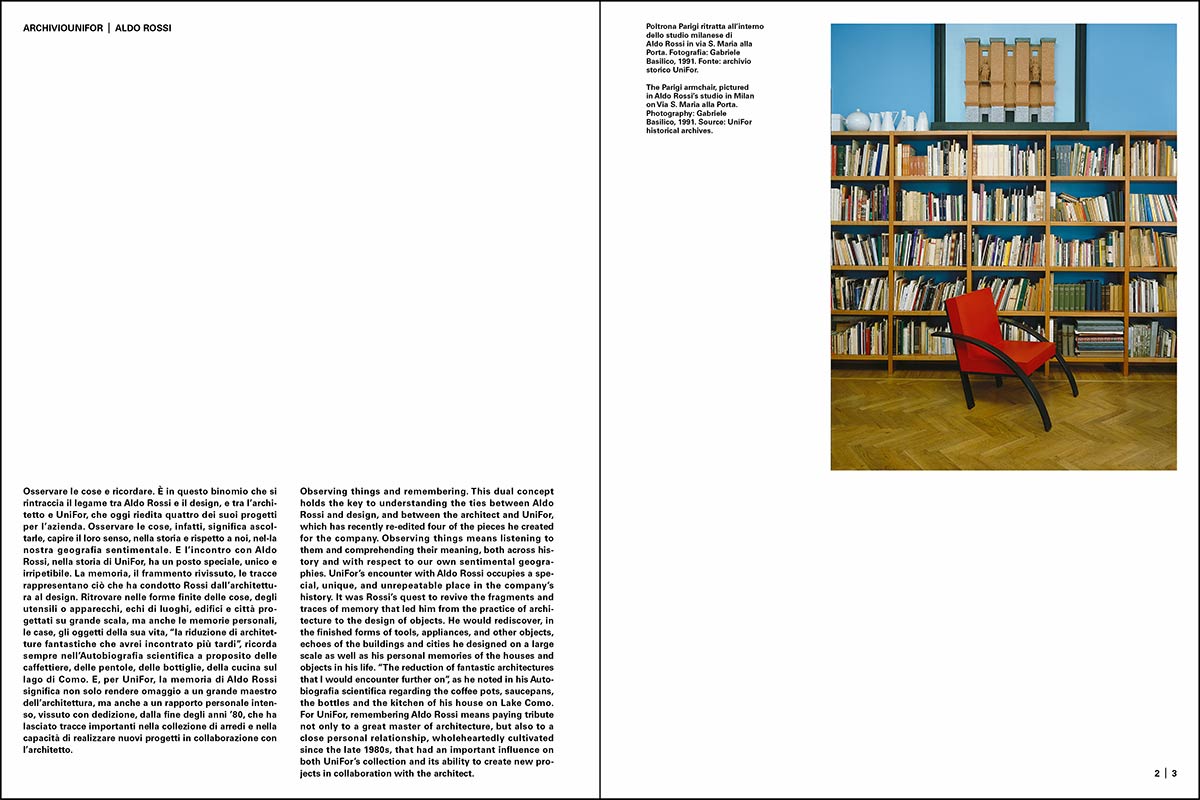 2021 © Nicola-Matteo Munari
2021 © Nicola-Matteo Munari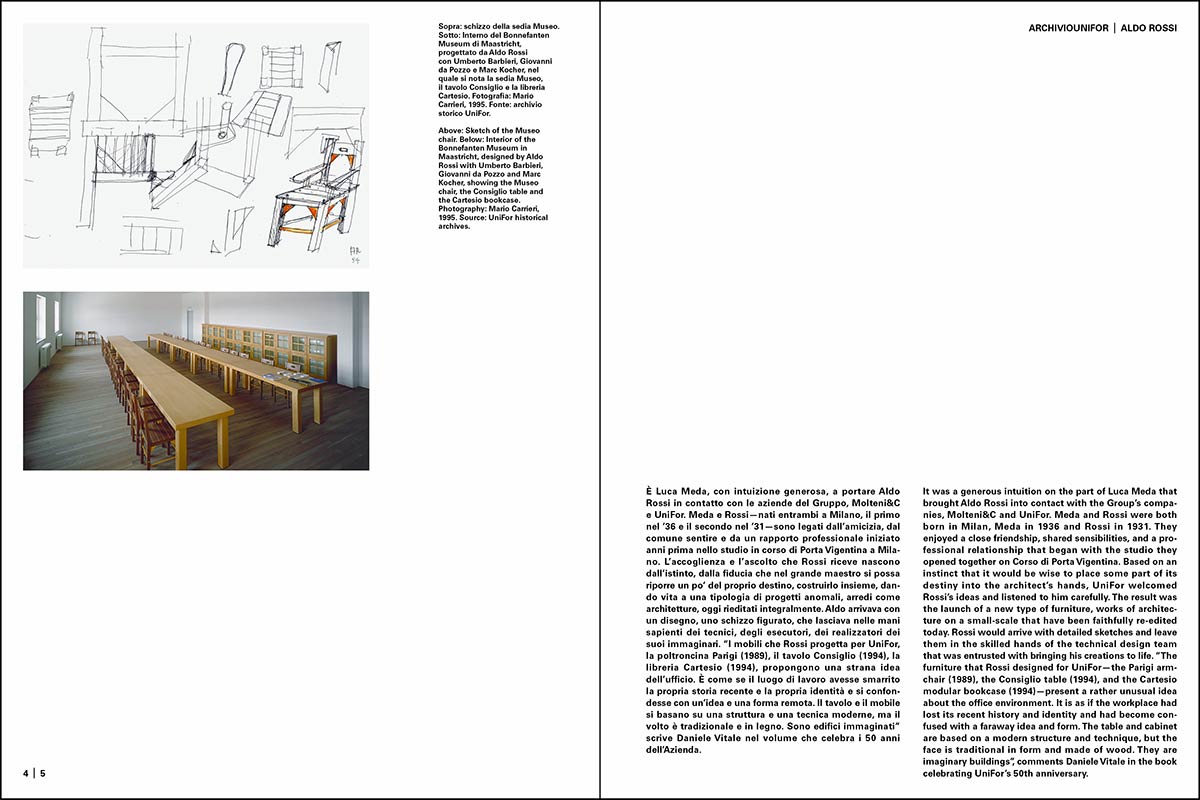 2021 © Nicola-Matteo Munari
2021 © Nicola-Matteo Munari 2021 © Nicola-Matteo Munari
2021 © Nicola-Matteo MunariThe catalogue is divided in two main sections clearly defined by the type of images that characterise them, expressing now the past and now the present.
The first section features the archive photographs of Gabriele Basilico (1944–2013)—one of the most important masters of contemporary photography—while the second one shows the photographs of the furniture re-editions, shot by Milan’s photographer Alberto Strada.
The physical structure of the catalogue is further marked by a third series of detail photographs, shot by German photographer Amos Fricke, which, in their futurist abstraction, represent the celebration of pure geometry—a projection of form through time.
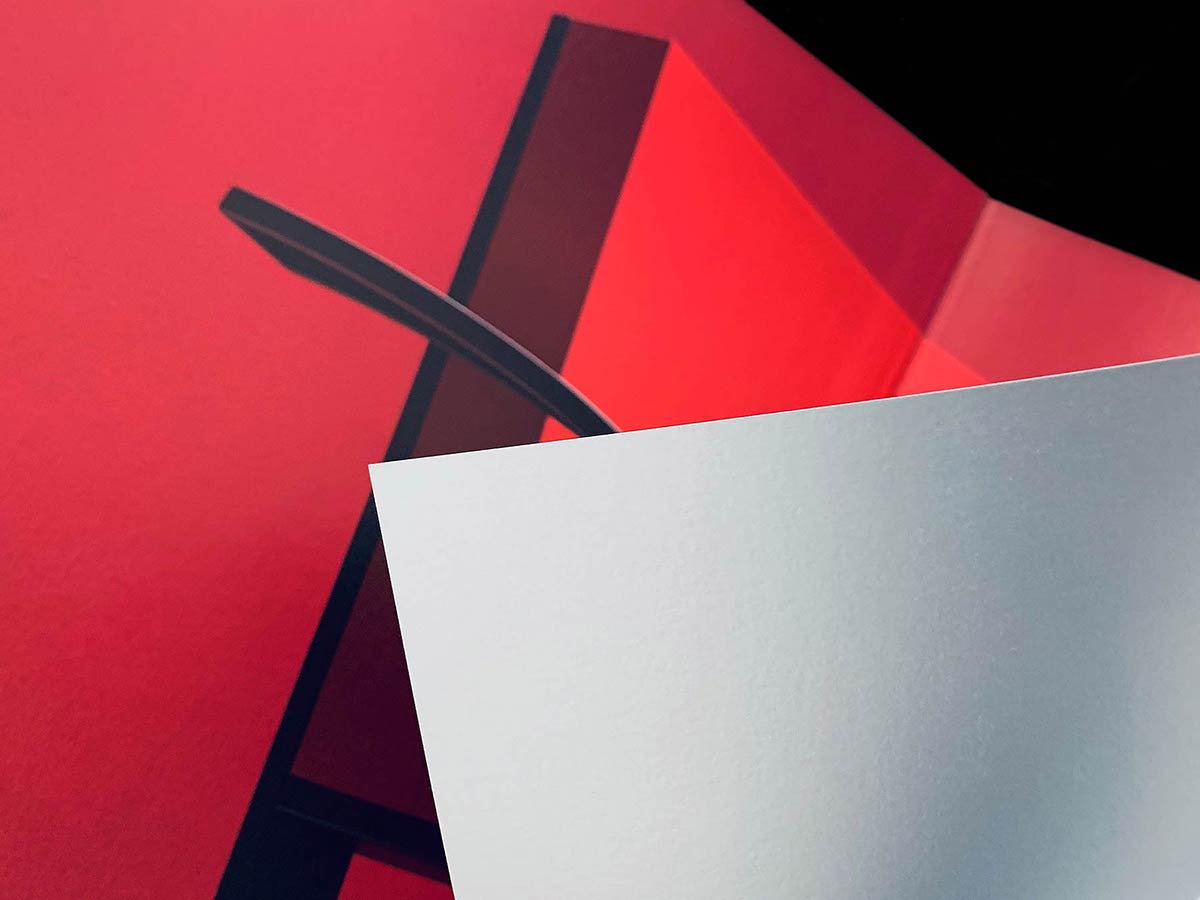 Ph. © Nicola-Matteo Munari
Ph. © Nicola-Matteo Munari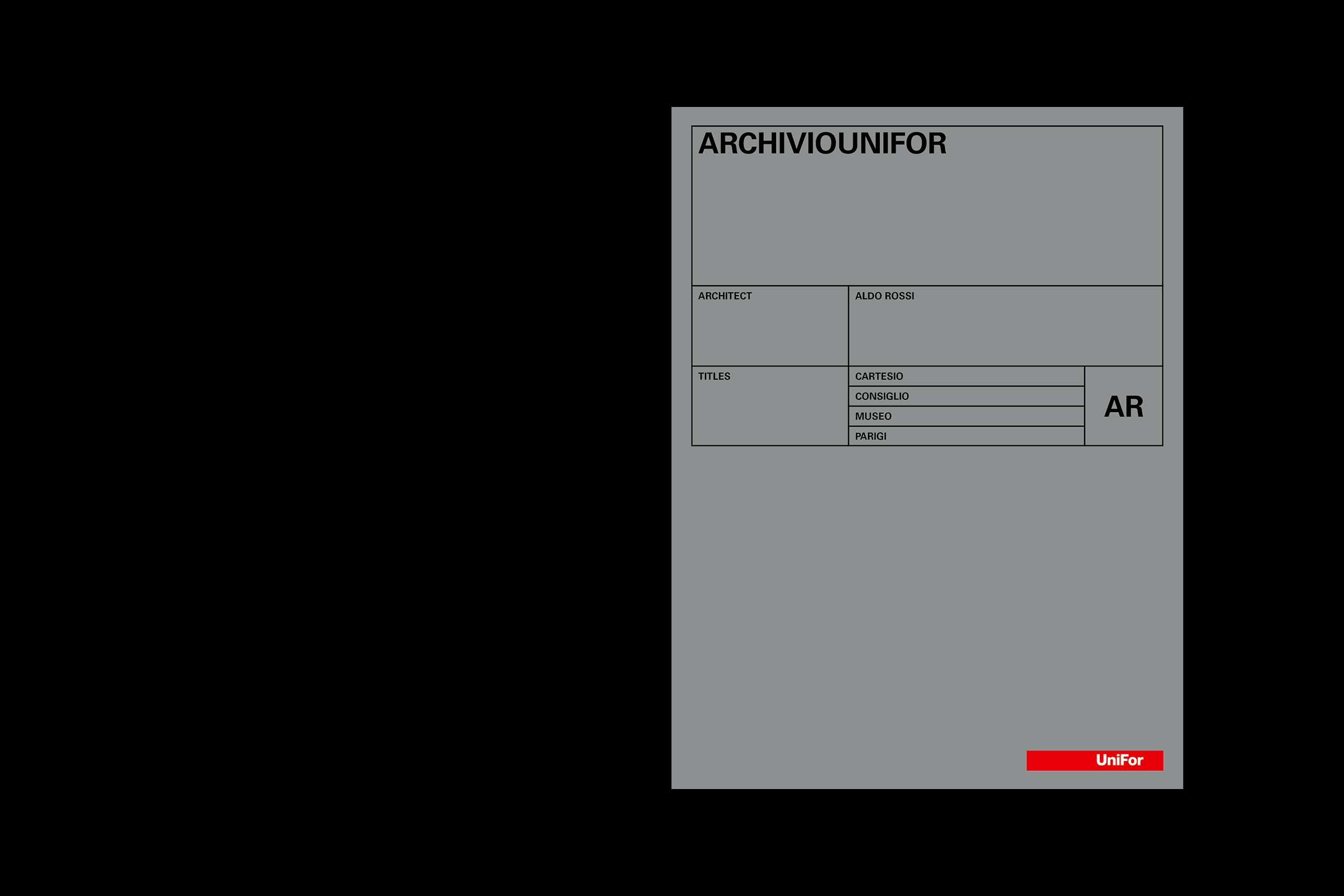
Cover, end pages, and center
page showing the detail
photos marking the different
sections of the catalogue.
2021 © Nicola-Matteo Munari
page showing the detail
photos marking the different
sections of the catalogue.
2021 © Nicola-Matteo Munari
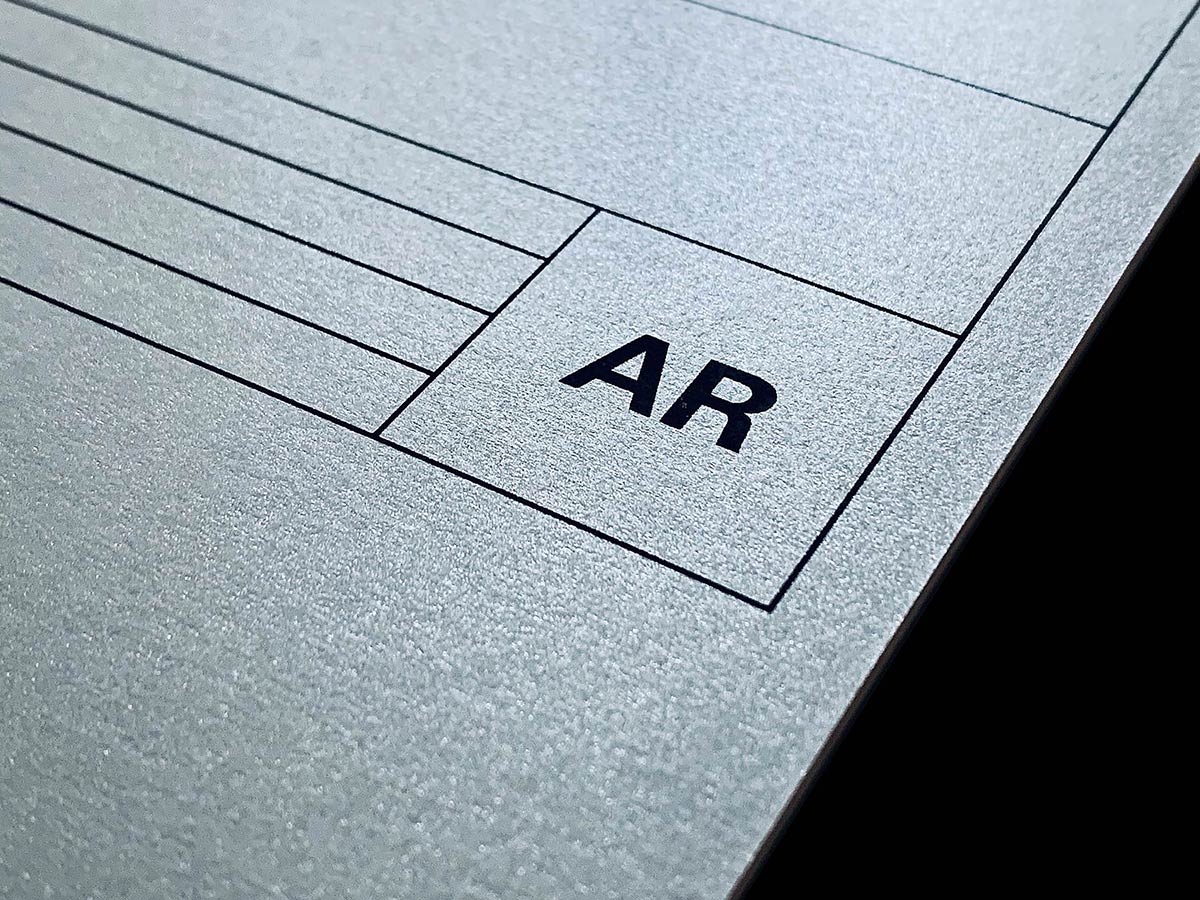 Ph. © Nicola-Matteo Munari
Ph. © Nicola-Matteo Munari “The grid—a typographic matrix—represents a graphic invention that allowed original structural solutions, defined by operating rules that are different from those of the canonical graphic design layout.”
For the layout of the catalogue, instead of using a standard typographic grid, a micro-modular typographic grid system has been purposely designed in order to structure the composition on a rigorous and accurate geometry.
With the page-spread subdivided into 1768 square modules for the layout of the photographs and 3563 for that of texts, the reticular matrix represents a graphic invention that allowed to develop original structural solutions that are defined by different operating rules compared those of the canonical typesetting and book layout.
Despite the complex modularity of the reticular grid—which is already suggested in the title block shown on the cover—the layout of the catalogue stands out for its precise simplicity and the sense of classical composure, a visual quality which is evocative of Aldo Rossi’s geometrically ordered design.
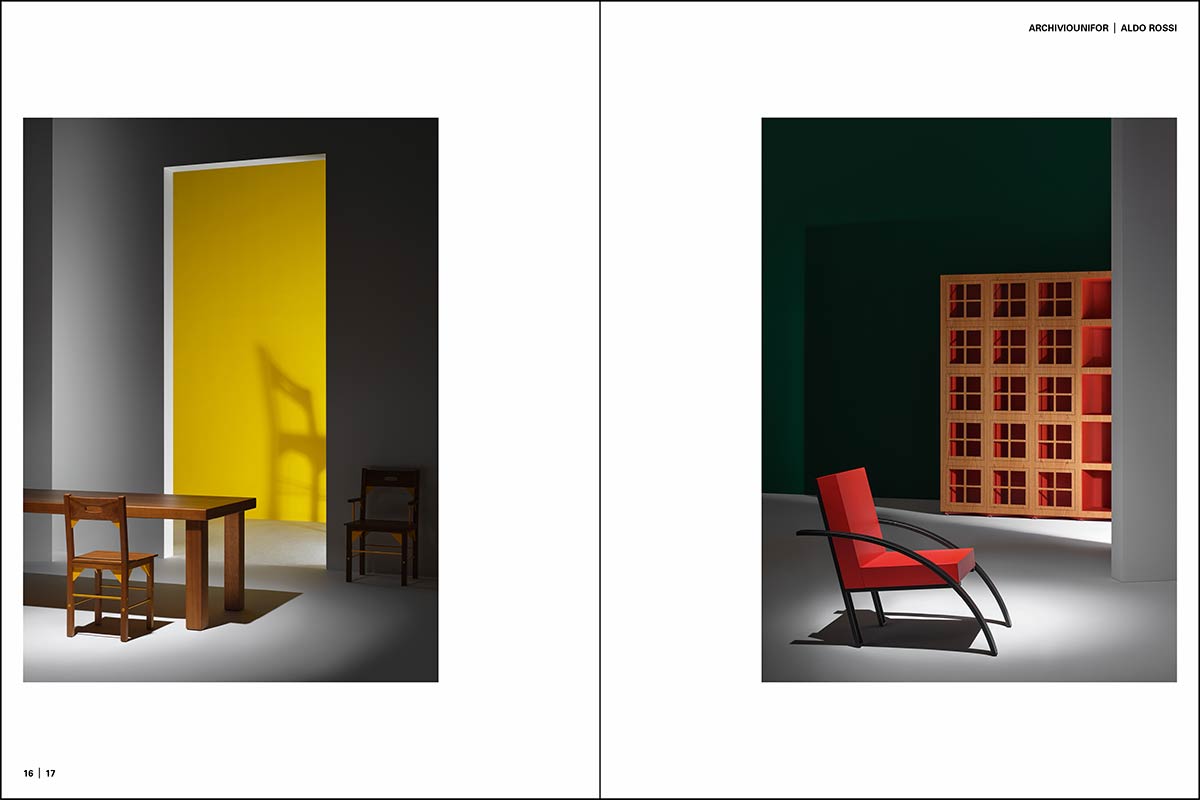 2021 © Nicola-Matteo Munari
2021 © Nicola-Matteo Munari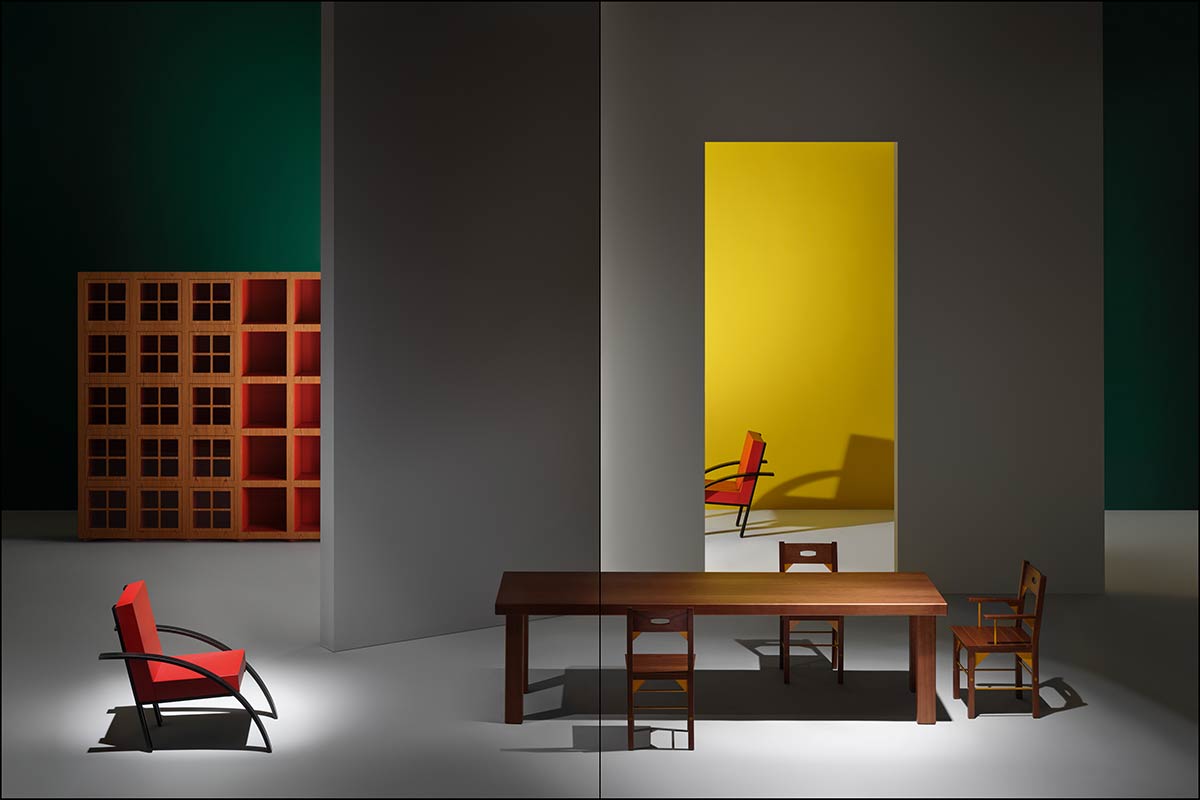 2021 © Nicola-Matteo Munari
2021 © Nicola-Matteo Munari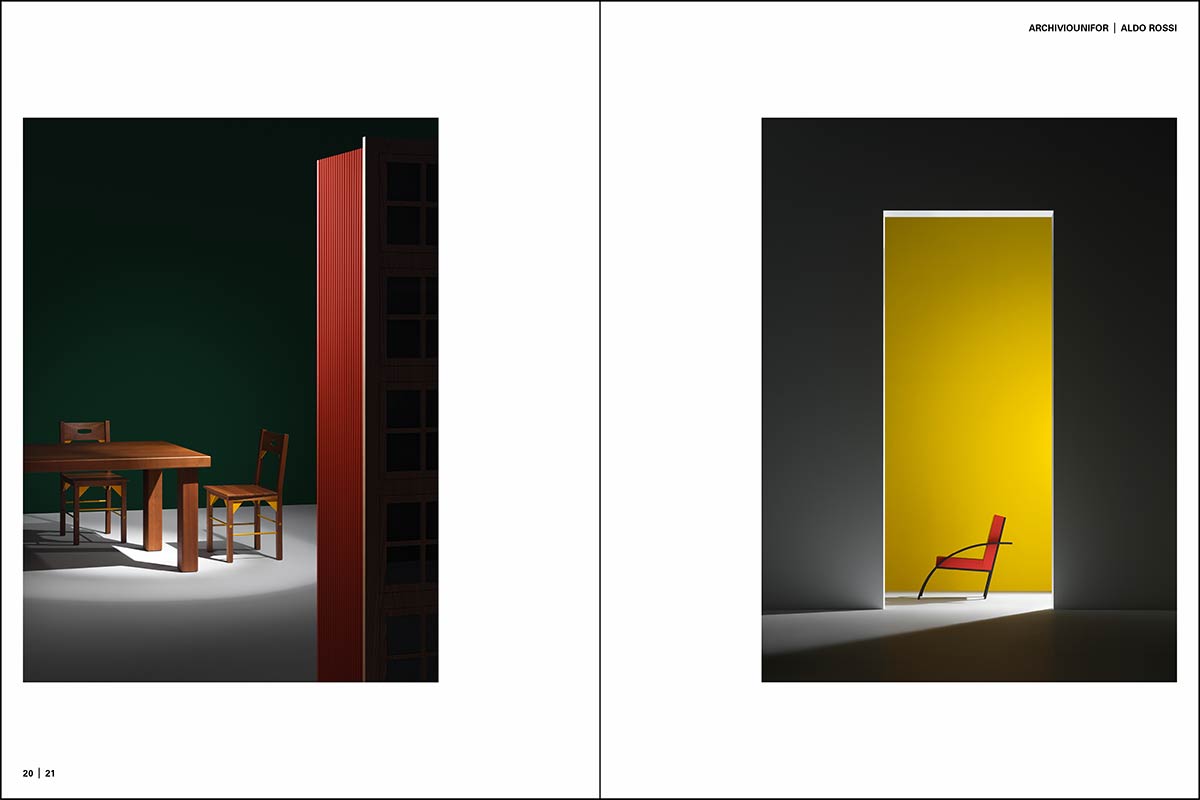 2021 © Nicola-Matteo Munari
2021 © Nicola-Matteo Munari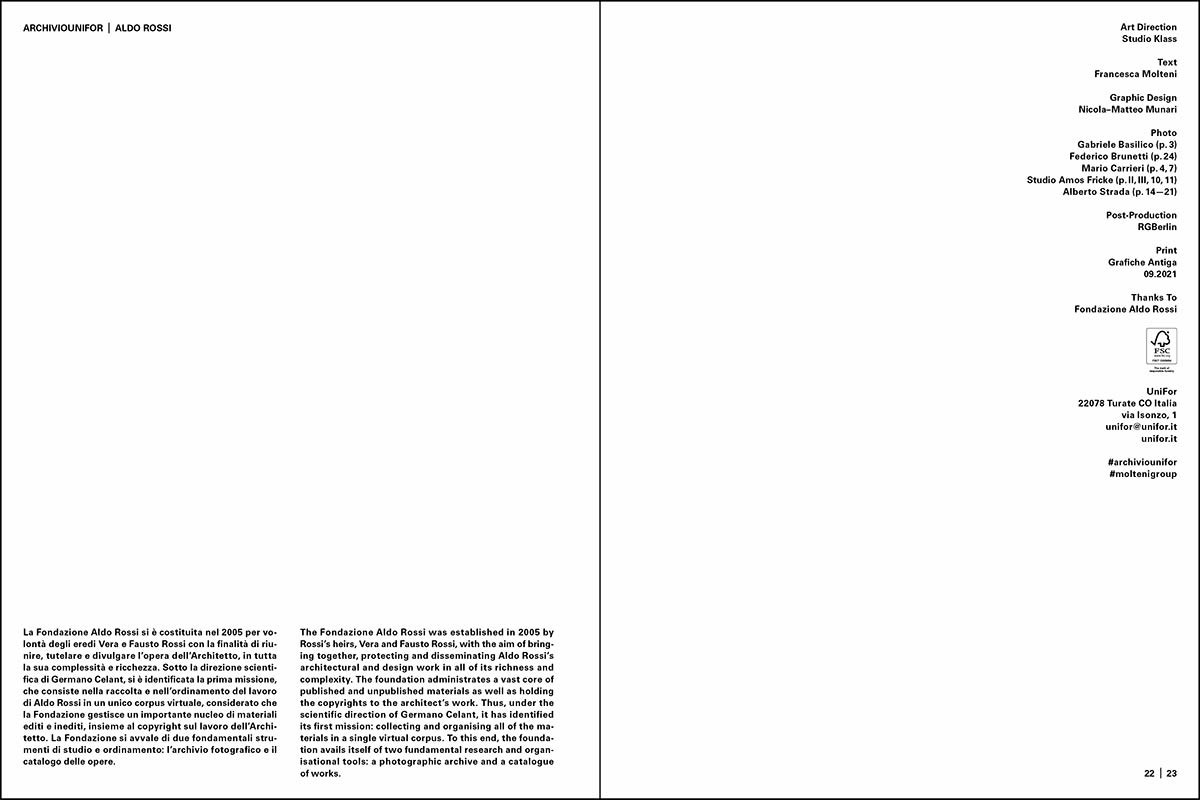 2021 © Nicola-Matteo Munari
2021 © Nicola-Matteo MunariThe quest for experimental solutions led to the design of a catalogue that looks very simple, but is actually characterised by a series of complex technical and design virtuosities.
Despite the small number of pages (a total of 24), the special Bodoniana binding that has been realised for the catalogue contributed to communicate an authoritative feeling, also enhanced by the platinum metallic finish that characterises the cover, creating a material and chromatic contrast with the book spine, covered with red cloth.
The dialogue between tradition and the contemporary is further promoted by the cover, which is graphically characterised by the linear score of a title block inspired by technical drawings, that is evocative of the typical aesthetics of industrial designs, codified and finally archived.
In this way, through its celebration on the cover, the title block has been transformed from a technical-functional tool for archiving projects to an emblem of the collection itself dedicated to archival designs.
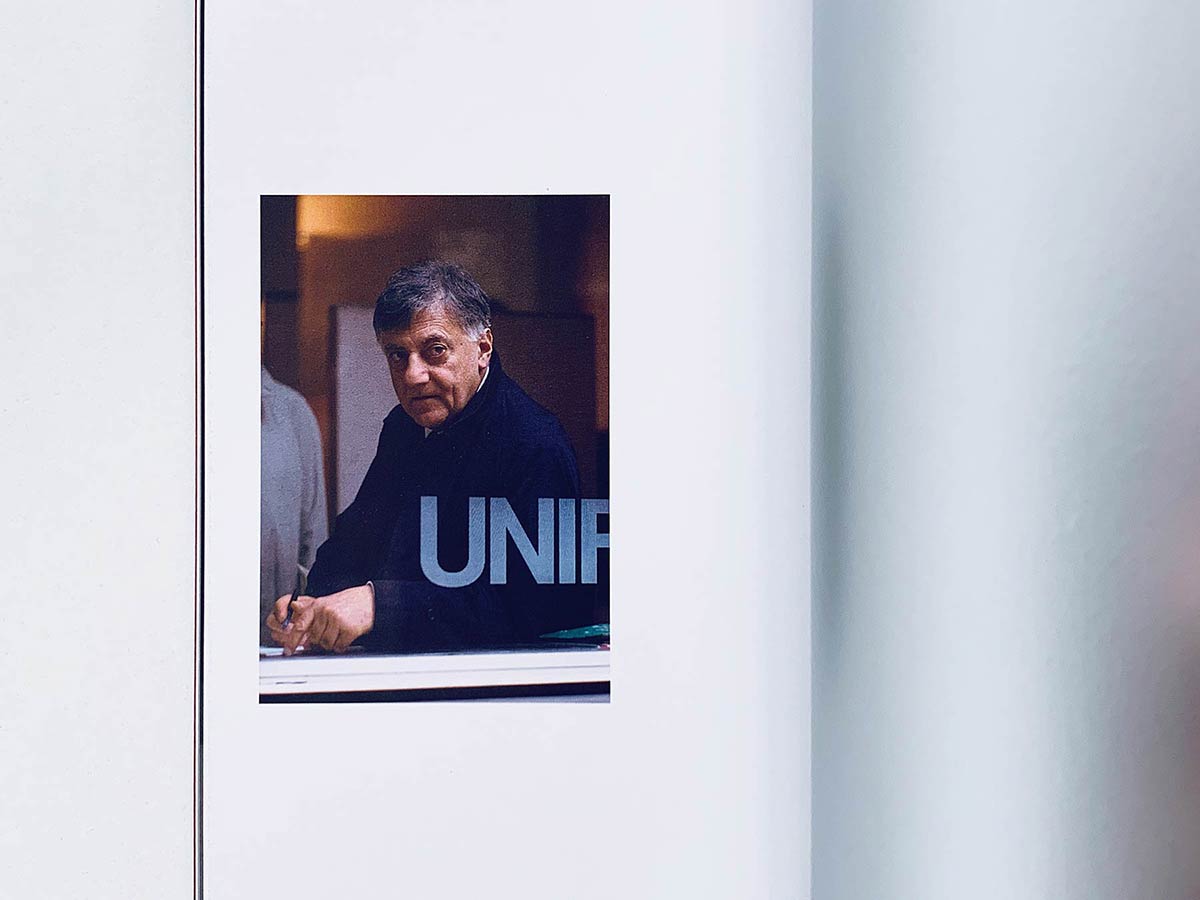
Aldo Rossi photographed at
UniFor’s showroom in
Paris, during the Designers’
Saturday 1989.
Ph. © Nicola-Matteo Munari
UniFor’s showroom in
Paris, during the Designers’
Saturday 1989.
Ph. © Nicola-Matteo Munari
 Ph. © Nicola-Matteo Munari
Ph. © Nicola-Matteo Munari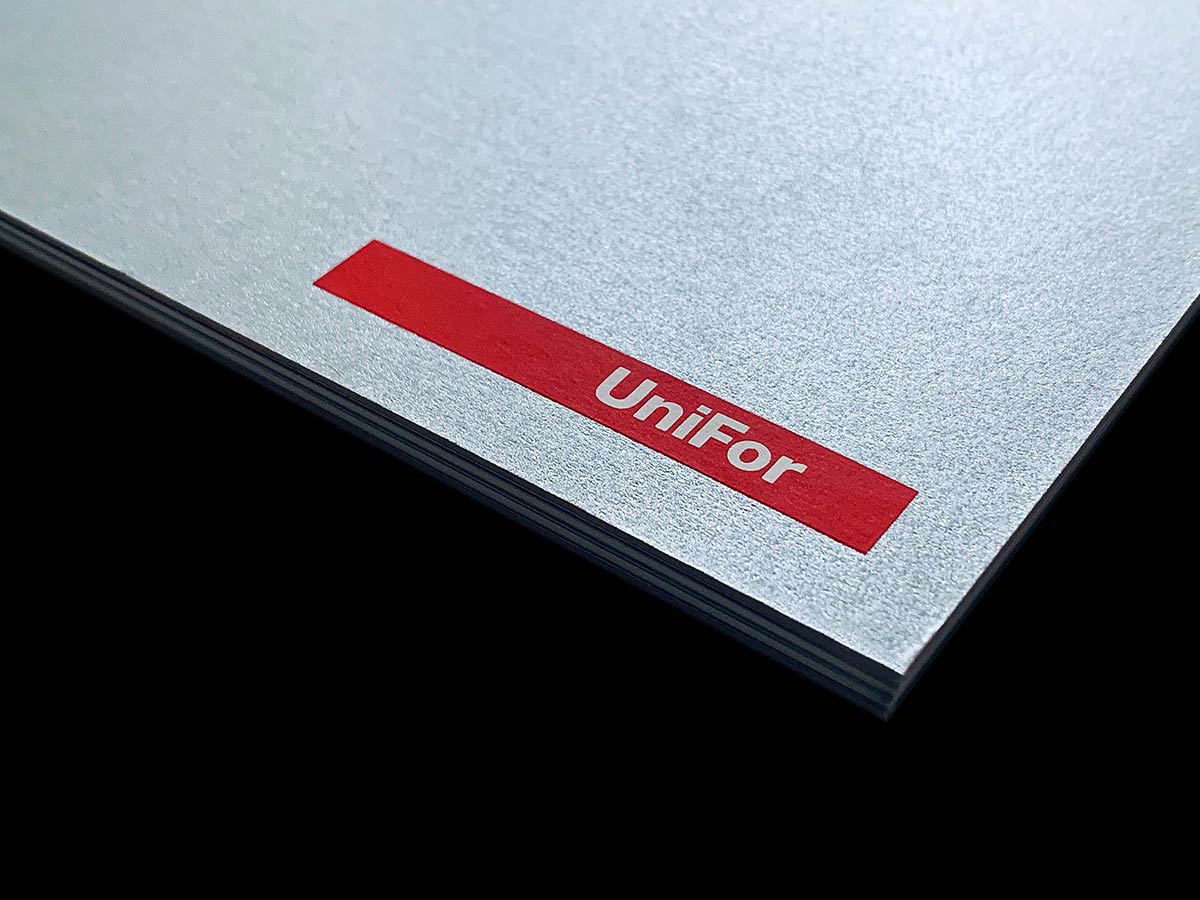
The logotype of UniFor reproduced
on the catalogue’s cover, made
of a two-tone serigraph printing.
Ph. © Nicola-Matteo Munari
on the catalogue’s cover, made
of a two-tone serigraph printing.
Ph. © Nicola-Matteo Munari
Through a rigorous, rational, and forward-looking aesthetics, the catalogue design intentionally generated a contrast with the nostalgic idea that is commonly associated to the rediscovery of historic furniture, offering a new interpretation of the concept of re-edition—no longer to be inteded as a heritage fashion, but a bold projection of modernity.
—Nicola-Matteo Munari
Client
ArchivioUniFor | UniFor
Design+Layout
Nicola-Matteo Munari
Design Assistant
Jana Stürmlin
Photo
Gabriele Basilico
Federico Brunetti
Mario Carrieri
Studio Amos Fricke
Alberto Strada
Post-Production
RGBerlin
Art Direction
Studio Klass
Print
Grafiche Antiga
Project Date
2021
ArchivioUniFor | UniFor
Design+Layout
Nicola-Matteo Munari
Design Assistant
Jana Stürmlin
Photo
Gabriele Basilico
Federico Brunetti
Mario Carrieri
Studio Amos Fricke
Alberto Strada
Post-Production
RGBerlin
Art Direction
Studio Klass
Grafiche Antiga
Project Date
2021
